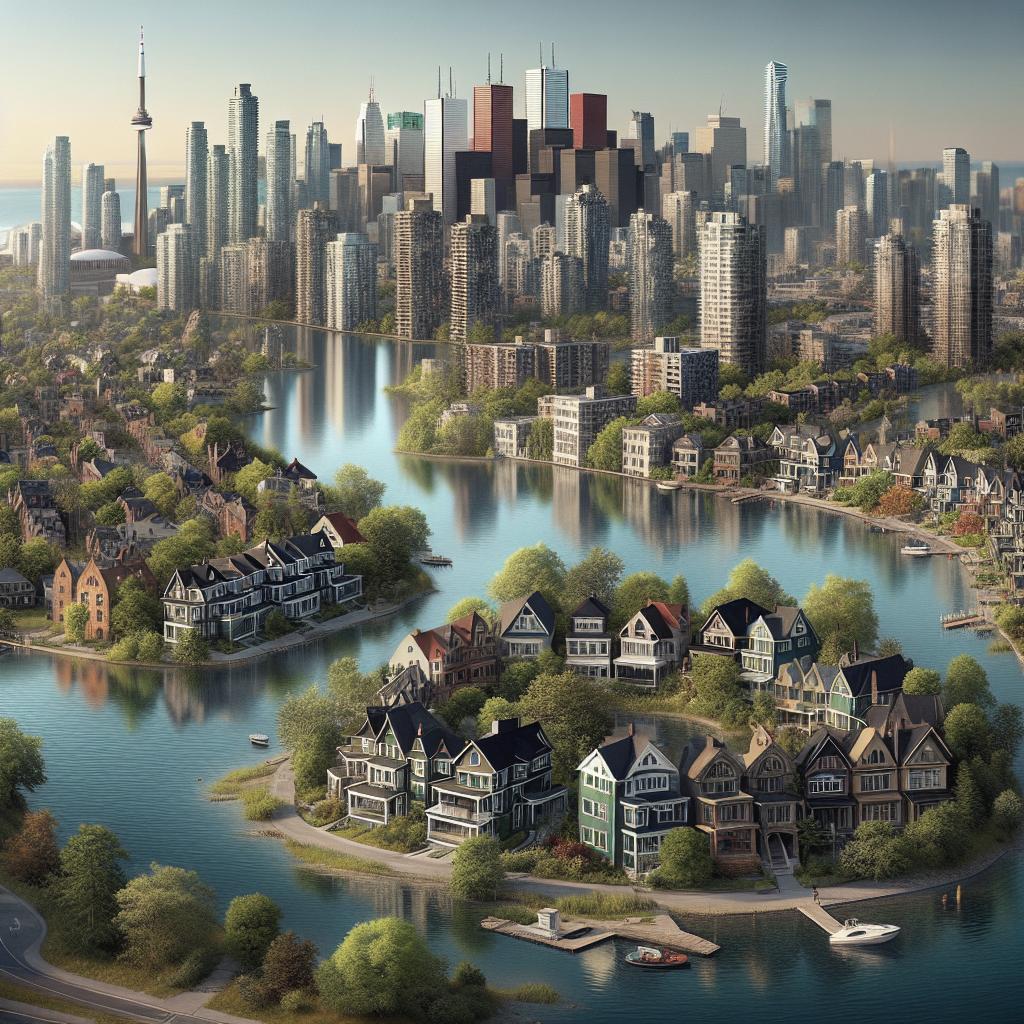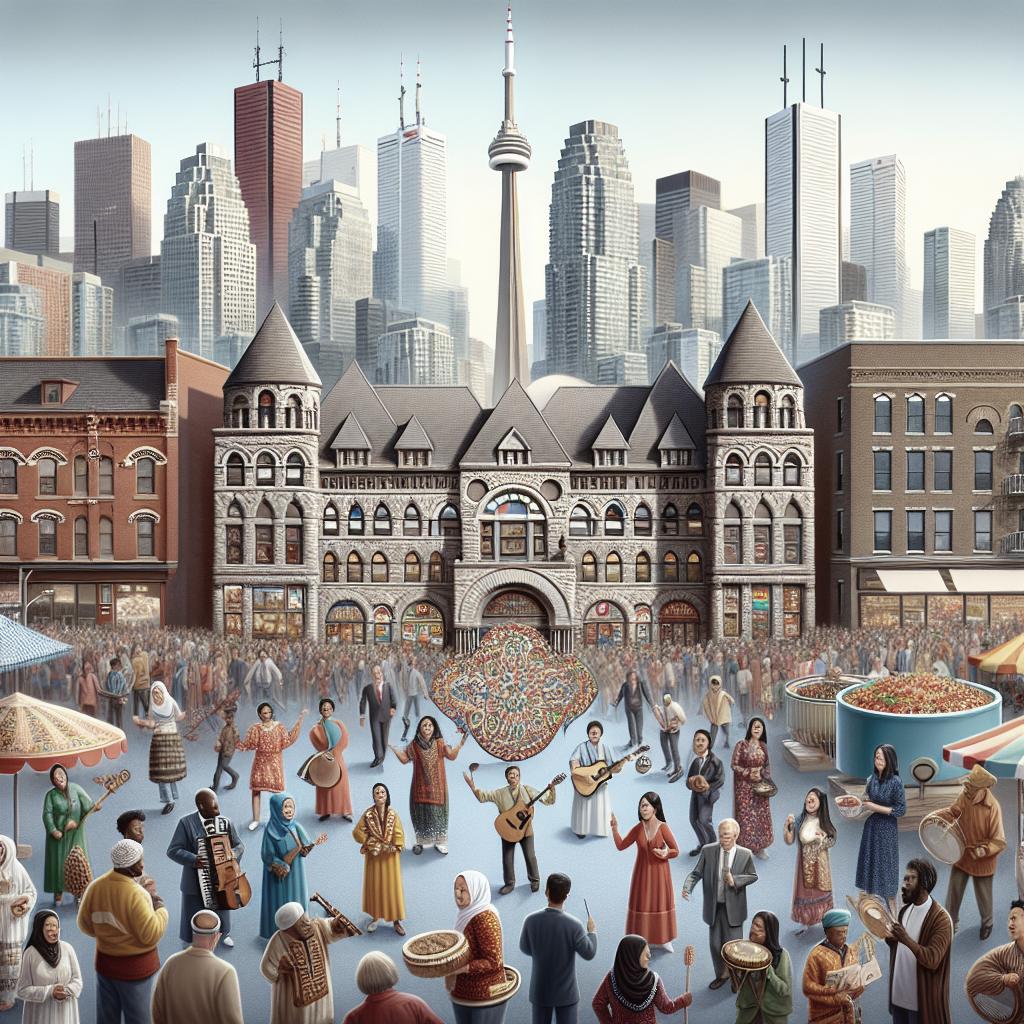“`html
Exploring Toronto’s Architectural History
Toronto, a city known for its vibrant culture and diverse communities, boasts a rich architectural history that reflects its growth and transformation over time. From industrial warehouses to elegant residential homes, towering commercial skyscrapers to iconic institutional landmarks, Toronto’s architecture offers a fascinating glimpse into its past. This blog post will guide you through the various architectural styles that define Toronto, providing insight into each category’s unique features and historical significance. Discover the savings and opportunities to explore these structures and enrich your understanding of Toronto’s architectural journey.
Industrial Architecture
Toronto’s industrial architecture is a testament to its economic boom in the late 19th and early 20th centuries. The Distillery District is one of the city’s most renowned industrial sites, showcasing Victorian industrial design with its cobblestone streets and red brick buildings. Originally a whisky distillery, this area has now transformed into a vibrant cultural and entertainment precinct, while preserving its industrial heritage.
Another hallmark of Toronto’s industrial architecture is the Evergreen Brick Works. Once a quarry and brick factory, it now serves as an environmental community center focused on sustainability. The adaptive reuse of these industrial spaces highlights the city’s dedication to preserving its historical roots while innovating for the future.
Residential Architecture
Toronto’s residential architecture is as varied as its multicultural population. In neighborhoods like Cabbagetown, you’ll find charming Victorian homes, characterized by their ornate details, bay windows, and decorative trims. These homes are a nod to Toronto’s prosperous past during the late 1800s, offering a picturesque streetscape that takes you back in time.
Diverse residential styles continue with the Art Deco apartments in the Beaches area, the Tudor-style homes in Forest Hill, and the modernist residences sprouting across the city. This eclectic mix reflects not only architectural trends but also the city’s evolving identity, catering to fashionable tastes and modern living needs.
Commercial Architecture
Toronto’s commercial architecture presents a skyline that is constantly evolving. The Financial District, known for its iconic skyscrapers, showcases international styles and cutting-edge design. The CN Tower, once the tallest free-standing structure in the world, represents a pinnacle of modern engineering and an emblem of the city’s prosperity.
Older commercial buildings, like those in the St. Lawrence Market area, showcase Georgian and Victorian styles, blending seamlessly with the newer, modern constructions. This juxtaposition of styles provides a visual narrative of Toronto’s commercial growth, highlighting the city’s adaptability and continual innovation.
Institutional Architecture
Institutional architecture in Toronto encompasses a wide range of buildings, from government structures to educational institutions. The Ontario Legislative Building, located in Queen’s Park, is a grand example of Romanesque Revival architecture, functioning as a seat of political power and a historic landmark.
Universities like the University of Toronto display a variety of styles, from the neo-Gothic Trinity College to the modernist Robarts Library. These structures not only serve educational purposes but also contribute to the architectural tapestry of the city, representing the clash and blend of historical and contemporary design language.
Featured Local Savings
Exploring Toronto’s architectural history doesn’t have to be costly. Many of the city’s historical sites, like the Distillery District and the St. Lawrence Market, offer free entry to wander and admire the architecture. Additionally, visiting on certain days or times might provide discounted rates or even free guided tours, as some organizations host open-door events to encourage community engagement with the city’s fabulous architectural heritage.
For students and seniors, several venues offer discounts, making cultural and historical exploration more accessible. Keep an eye out for programs like Doors Open Toronto, which allows the public to visit buildings of architectural and historical significance at no cost, opening a window to the city’s rich past.
Next Steps
| Category | Highlights |
|---|---|
| Industrial | Distillery District, Evergreen Brick Works |
| Residential | Victorian homes in Cabbagetown, Art Deco in Beaches |
| Commercial | Financial District skyscrapers, CN Tower |
| Institutional | Ontario Legislative Building, University of Toronto |
| Local Savings | Discounts for students and seniors, Doors Open Toronto |
“`


